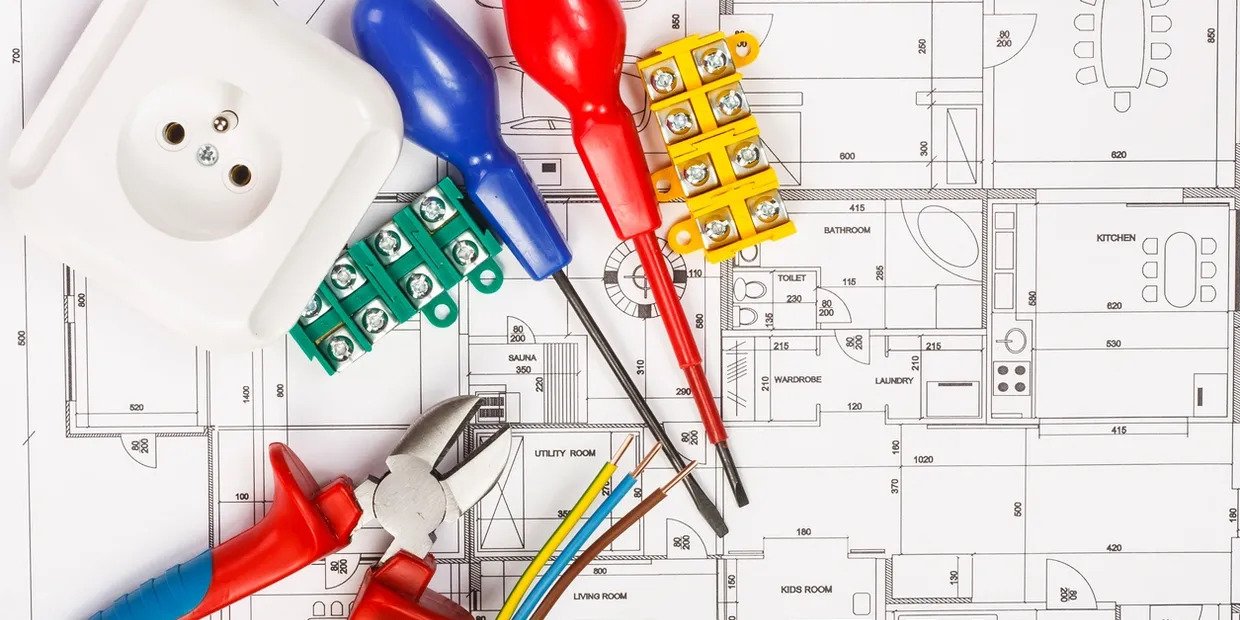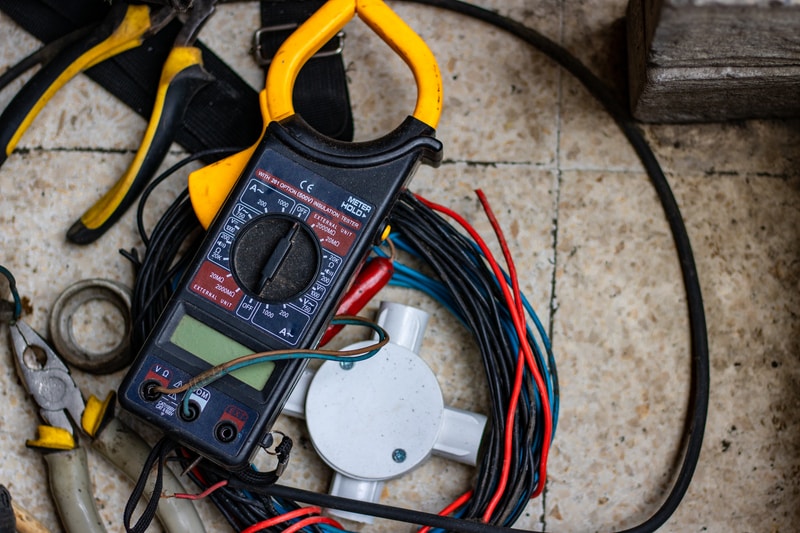Electrical Testing and EICR Certificates
The electrical safety of a property is an important aspect of any building, whether a property is to be sold or rented, it is a legal requirement for owners and landlords to ensure their property is safe and meets minimum government regulations.
Just like taking your car to the garage for an MOT, or getting a heating engineer to service your boiler, we all need to have an approved registered contractor that can be found on the Electrical Safety Register to check our electrics are safe. An Electrical Safety and Condition Report (EICR) is the safety certificate and report that an electrician supplies following an inspection of your property.
An EICR is a legal requirement for any property and must be carried out at least every 10 years. On 1st June 2020 the government introduced new regulations for landlords, rental properties for new tenants must now have an EICR carried out at least every 5 years. This report ensures that a property conforms to the national standard for electrical safety, which are set out in the 18th edition of the 'wiring regulations' published by British Standards. From 1st June 2021 this will also be the case for landlords with existing tenants.


Green Earth Energy Improvements have NIC/EIC accredited electricians to ensure a property receives the highest standard of workmanship. Our electricians are also 'approved contractors' by NIC/EIC which means they are fully qualified, and insured, to carry out EICR's for landlords and rental properties. Many electricians are not NIC/EIC 'approved contractors', however, still claim they can carry out the required EICR for landlords. This is not the case. They maybe be able to carry out the report and provide a copy but if an electrician is not an 'approved contractor' by a relevant accreditation scheme then unfortunately the report is not valid and the landlord is held responsible if anything goes wrong. NIC/EIC is the preferred accreditation scheme for Green Earth Energy Improvements and offers rigid controls over electrical works carried out by any of their electricians and additional cover against any work which does not meet their high standards.
An EICR involves testing the fixed electrical parts of the property, like the wiring, the socket-outlets (plug sockets), the light fittings and the consumer unit (or fuse box) will be inspected. This will include permanently connected equipment such as showers and extractors. The inspection will determine if any electrical installations are overloaded, if there are any potential electric shock risks and fire hazards, if there is any defective electrical work, and if there is a lack of earthing or bonding – these are 2 ways of preventing electrical shocks that are built into electrical installations.
The inspection and test will explain the outcomes and any investigative or remedial work required to ensure the property is safe and complaint. The electrical installation should be safe for continued use. In practice, if the report does not require investigative or remedial work, the landlord will not be required to carry out any further work. The report will use the following classification codes to indicate where a landlord must undertake remedial work:
- Code 1 (C1): Danger present. Risk of injury. The electrical inspector may make any C1 hazards safe before leaving the property.
- Code 2 (C2): Potentially dangerous.
Further Investigation (FI): Further investigation required without delay. - Code 3 (C3): Improvement recommended. Further remedial work is not required for the report to be deemed satisfactory.
If codes C1 or C2 are identified on the report, then remedial work will be required. The report will state the installation is unsatisfactory for continued use. If an inspector identifies that further investigative work is required (FI), the landlord must also ensure this is carried out. The C3 classification code does not indicate remedial work is required, but only that improvement is recommended. Landlords don’t have to make the improvement, but it would improve the safety of the property if they did.
If the report shows that remedial work or further investigation is required, as set out above, landlords must complete this work within 28 days or any shorter period if specified as necessary in the report. Landlords must then provide written confirmation that the work has been carried out to their tenant and to the local authority within 28 days.

Where To Start
An EICR takes a number of hours to complete correctly, on average a 3 bed property can take up to 3 hours to complete. Local authorities may impose a financial penalty of up to £30,000 on landlords who are in breach of their duties
EICR's start from £225 per property. PAT testing is charged per appliance, when in conjunction with an EICR it can cost as little as £5 per appliance.
